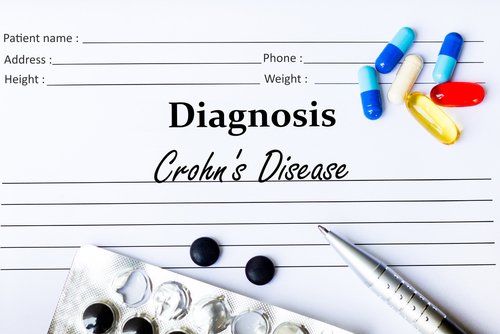Growing evidence suggests that the Mycobacterium avium subspecies paratuberculosis (MAP) is the bacteria that causes Crohn’s disease and that the disease can be transmitted from animals to humans, scientists at a Philadelphia conference revealed.
Researchers from around the world attended the event to exchange information and seek consensus on diagnostic tests and therapeutic options for detecting and controlling MAP in Crohn’s, the Human Paratuberculosis Foundation reported.
Scientists have known for some time that MAP causes Johne’s disease, a Crohn’s-like condition that affects animals, including livestock.
The U.S. Department of Agriculture (USDA) believes that 91 percent of dairy herds are infected with MAP. Milk from infected animals often contains MAP, and not all of it is killed by pasteurization. That means it has been found in milk and diary products sold at stores. In addition, MAP has been found in rivers and treated municipal water.
An indication that it can infect humans is that scientists can culture it from the blood and milk of Crohn’s patients. It has also shown up in some people who have no Crohn’s symptoms.
MAP dysregulates the immune system, then destabilizes the gut wall. When the wall becomes leaky, other gut organisms and food residues can penetrate it, triggering the inflammatory response associated with Crohn’s. MAP also damages and inflames the nervous system in the gut wall, which worsens the consequences of immune dysregulation.
Although scientists have shown that MAP can be eliminated from dairy herds, the USDA has failed to establish rigorous enough regulations to wipe it out. A key reason is that MAP was not believed to cause human disease.
However, a number of researchers at the conference presented convincing evidence that MAP is a zoonosis, or disease that can be transmitted from animals to humans.
“Crohn’s disease is simply human Johne’s disease. We can never absolutely prove causality but at some point we must act,” Drs. Thomas Borody, William Chamberlin, David Graham and J. Todd Kuenstner concluded during the gathering. “We must limit the spread of MAP in the barnyard, impede its transmission to humans and treat it when associated with human chronic inflammatory diseases.”
They also agreed that diagnostic methods have become more sophisticated and reliable. That opens the way to more studies elucidating the role of MAP in human disease, they said.
“It is now possible for researchers to culture, identify and confirm the presence of MAP in tissues and peripheral blood of Crohn’s patients,” said John Aitken of Otakaro Pathways. “This shows great promise for the development of newer methods of novel, timely and clinically relevant diagnostic techniques to accompany the new therapeutic options.”
A Phase 3 clinical trial (NCT01951326) called MAP US under way to assess the effectiveness and safety of an anti-MAP antibiotic called RHB-104 in patients with moderately to severely active Crohn’s.
RHB-104, developed by RedHill BioPharma, is composed of three antibiotics: rifabutin, clarithromycin and clofazamine. It has potent intracellular, anti-mycobacterial and anti-inflammatory properties, the company says.
The goal of the trial, which is in the patient recruitment stage, is to show that RHB-104 is as effective as standard therapy for treating MAP. The treatment led to significant long-term disease remission in a subset of patients, preliminary results of the trial showed.

